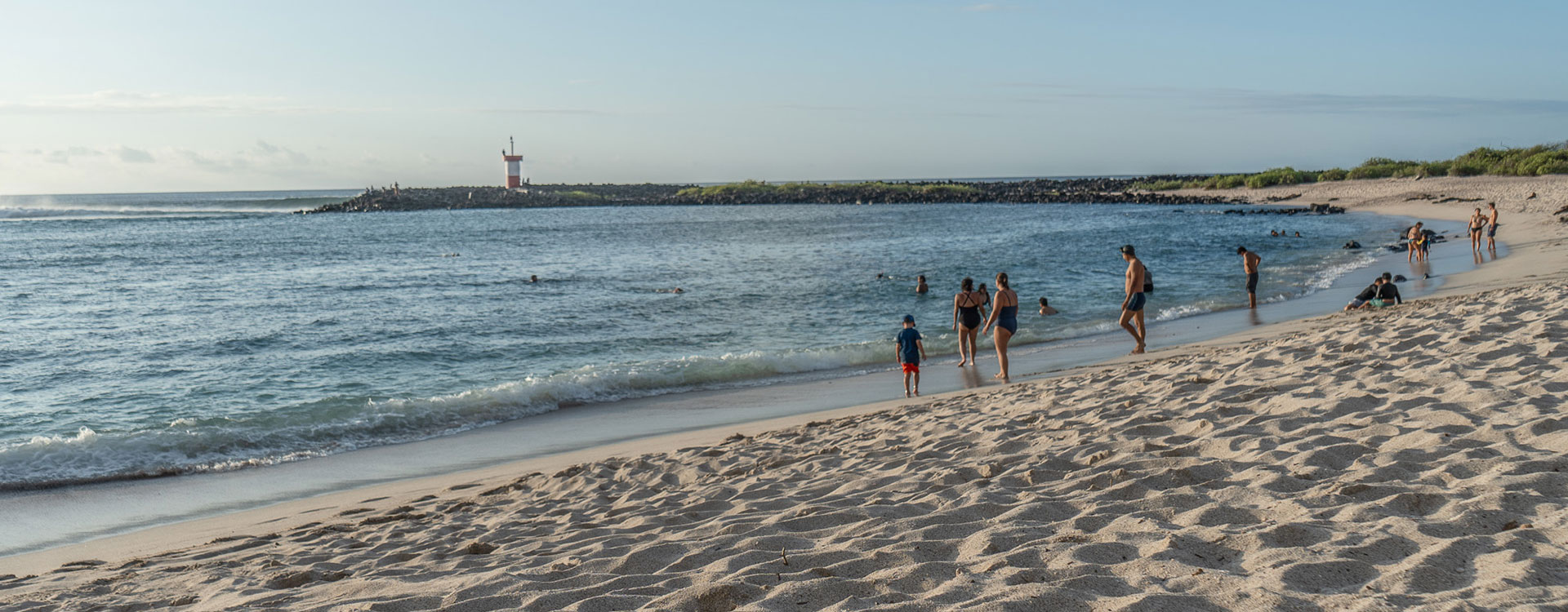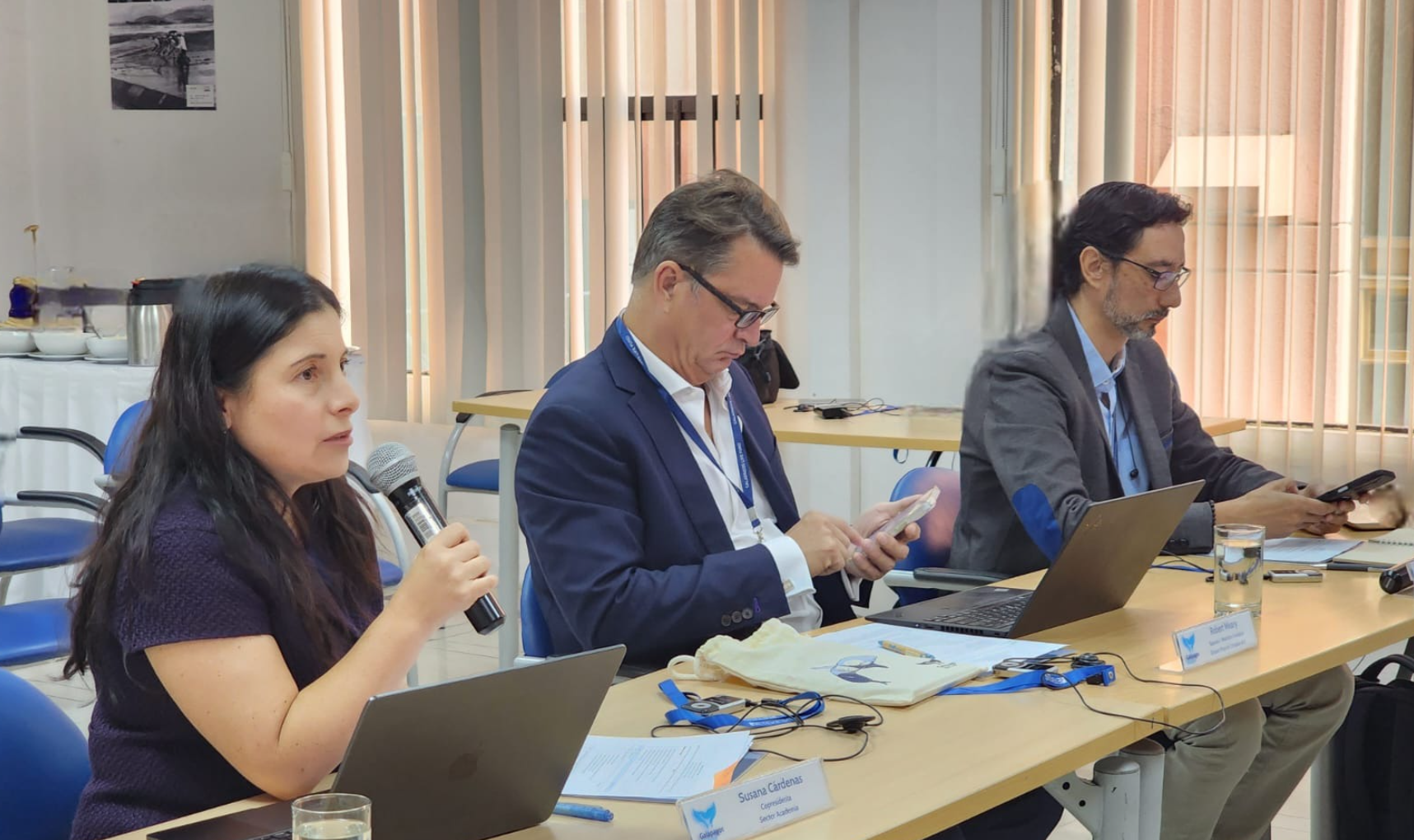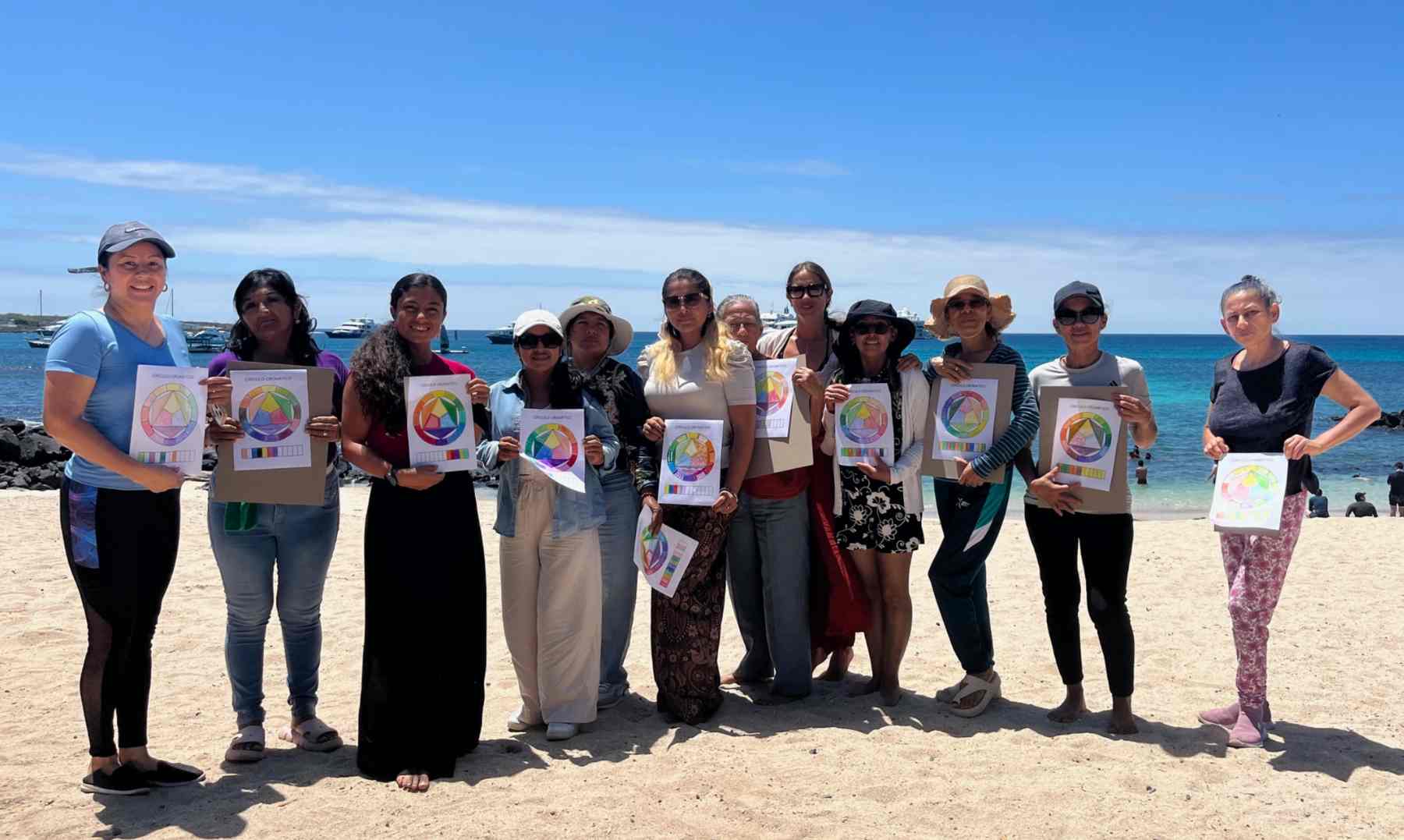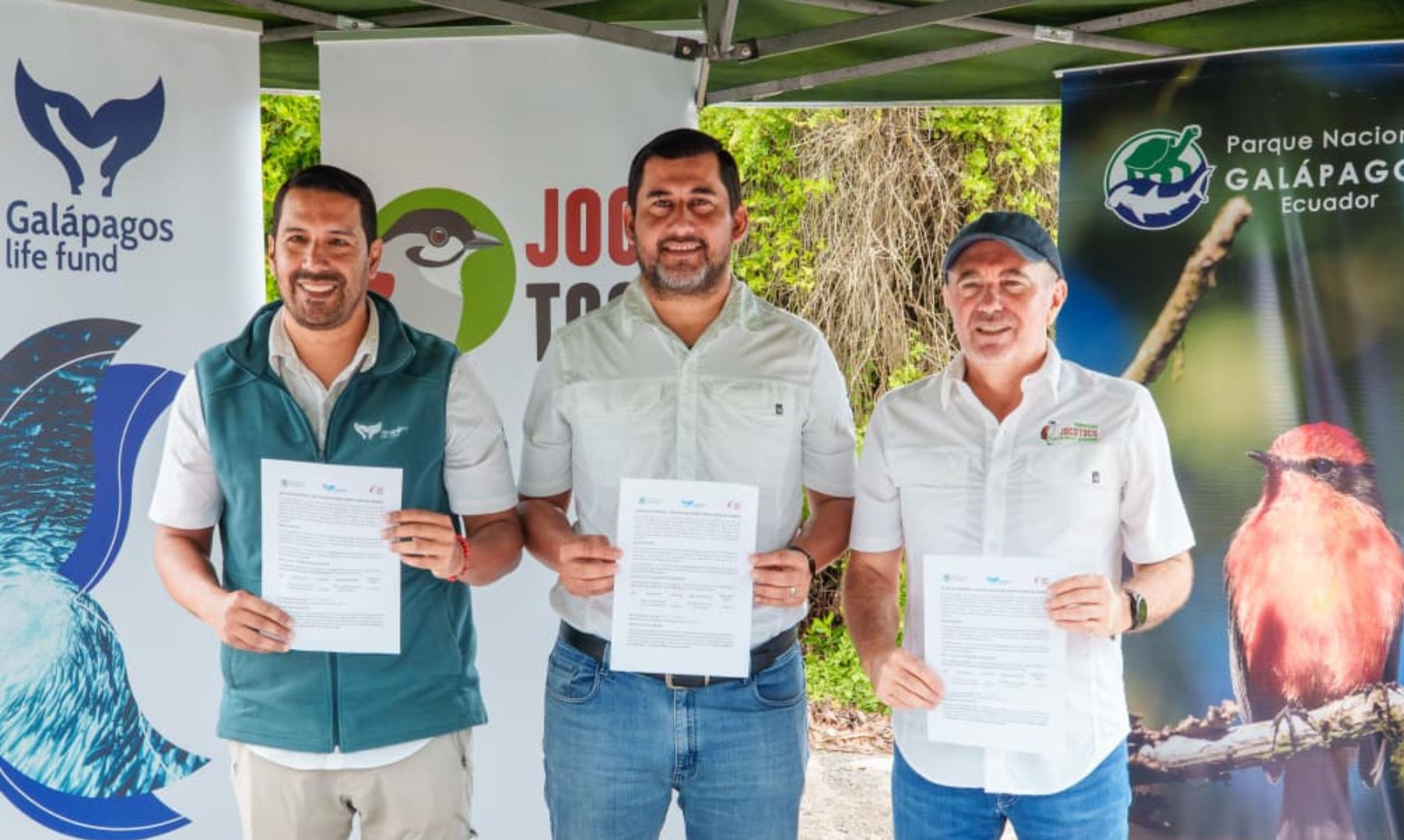
Ecuador blue bond seen as model for future efforts REDD
, November 17, 2023
Strategic Considerations: Ecuador closed the biggest-ever debt-for-nature swap, holding out the possibility that this type of transaction might scale beyond the small states where it has most often been used. The deal in Ecuador will cut the country’s debt principal by about USD 1bn and the new debt has a lower cost of money than Ecuador would have access to in commercial markets.
The structure of the deal puts teeth into environmental commitments by having the debt default if the sovereign repeatedly fails to fulfill its promises. That in turn could trigger a cross-default. SPV issued bonds that paid for tender of sovereign debt Tendered bonds handed to sovereign, creating a loan at 6.975% interest Ecuador’s just-completed debt-for-nature swap could be a model for other countries, said an adviser and a banker. “This will hopefully answer the question that yes this can be scaled and replicated, and yes it can be done in economies that are larger and more complex than Belize,” said Jill Dauchy, CEO of Potomac Group, a sovereign advisory firm active in sustainable finance not directly involved in the deal.
A debt-for-nature swap for Ecuador has been “dreamed about for many years, and the world has finally caught up to that dream,” she said. “Each deal is pushing us to think more boldly about what is possible.” The deal is similar in many ways to swaps that have gone into effect in Belize and Barbados in recent years. The structure of the Ecuador deal involves an Ireland-based special-purpose vehicle (SPV) called GPS Blue Financing. It issued a USD 656m 5.645% bond due 2041 on 5 May. That money paid for a tender, run by Credit Suisse, that purchased USD 1.63bn in face value of Ecuador’s step-up sovereign bonds, as reported.
GPS Blue turned the bonds over to Ecuador, creating a USD 656m loan, according to the country’s Ministry of Economy and Finance. The interest rate on that loan is 6.975%, according to a source close to the deal. Both the bonds and the loan will have 18.5-year tenors with amortizations starting in 2030, the source said. The spread between Ecuador’s payments to GPS Blue and the SPV’s payments to bondholders will mostly be used to pay for political risk insurance from the US Development Finance Corp. (DFC) and to fund the Galapagos Life Fund, an environmental nonprofit dedicated to maritime conservation in Ecuador, according to the source and two other people involved. A small amount will also be used to pay the SPV’s expenses, they said.
The bond buyback “targeted the 2030 and 2035 notes,” so the longer grace period on the new loan “creates a lot of fiscal space for the government,” said Rob Weary, CEO and founder of Aqua Blue, who advised on the deal. Credit Suisse, which acted as the investment banker, will be paid a fee for underwriting and brokerage services but won’t receive continuing income from the payment stream, Weary said. A USD 85m loan guarantee is being paid by the government, said Joan Prats, financial markets specialist at IDB. That fee is 85bps per year on the guarantee, an amount that will decline as the bond amortizes, he said. The guarantee is meant to provide liquidity support and is being used instead of a debt service reserve account, he said.
A cash account would be far more expensive given Ecuador’s current cost of money, Prats and Weary said. The country is making environmental commitments around ocean protection and promoting sustainable fisheries, the Pew Charitable Trusts said in a statement. Pew was involved in the policy and public outreach aspects of the deal. Failing to comply with certain commitments will result in additional payments under the loan, the source said. Failing to pay those additional payments could constitute an event of default. And if the loan is accelerated, it could trigger a cross default on Ecuador’s other international bonds, after a grace period to cure, the same person said.
If Ecuador is late with coupon payments, the SPV can submit a claim to the Inter-American Development Bank (IDB), which would then cover coupons under its guarantee, Prats said. Any payment by the IDB would immediately convert into a loan by the IDB to Ecuador, with the super-senior status that normally goes with multilateral loans. In the event of default, the SPV can also file for expedited arbitration against the sovereign, Weary said. That should take only six months, he said. The DFC will pay out for arbitral awards, rather than paying as soon as there is a default, he said. DFC and its predecessor, OPIC, have always been able to collect on debts, he said. The IDB and DFC backstops made the new debt investment-grade, despite Ecuador’s record as a serial defaulter. Moody’s rates the sovereign Caa3, but the GPS Blue bonds got an Aa2 rating. The DFC spread the risk by having half of the policy reinsured by 11 private insurers including AXA XL, Fidelis MGU, Chubb Global Markets, Sovereign Risk Insurance, Mosaic, and Coface, according to a DFC spokesperson.
The deal is DFC’s second blue bond transaction, the spokesperson said. Between principal and interest reductions, the sovereign will cut its debt service costs by USD 1.13bn, Credit Suisse said in a statement. Some of that money will be destined to the conservation funds and credit enhancements. Prats said the IDB is in conversations with other debtors about possible transactions for either marine or terrestrial environmental conservation, while declining to say which sovereigns might be interested. The Ecuador deal took two years, he said. “The region has immense biodiversity protection needs. Not only marine, but also has the biggest forest in the world. This instrument adds value, and can be an important tool,” he said. The IDB has also had conversations with other multilateral development banks that want to learn about the process, he said. Other advisers involved in the deal included Oceans Finance Corp. and Lazard, which advised the sovereign. by Steven Bodzin, New York





